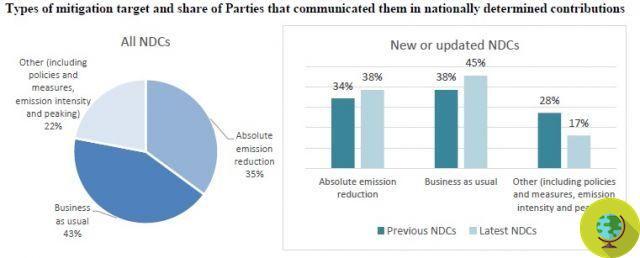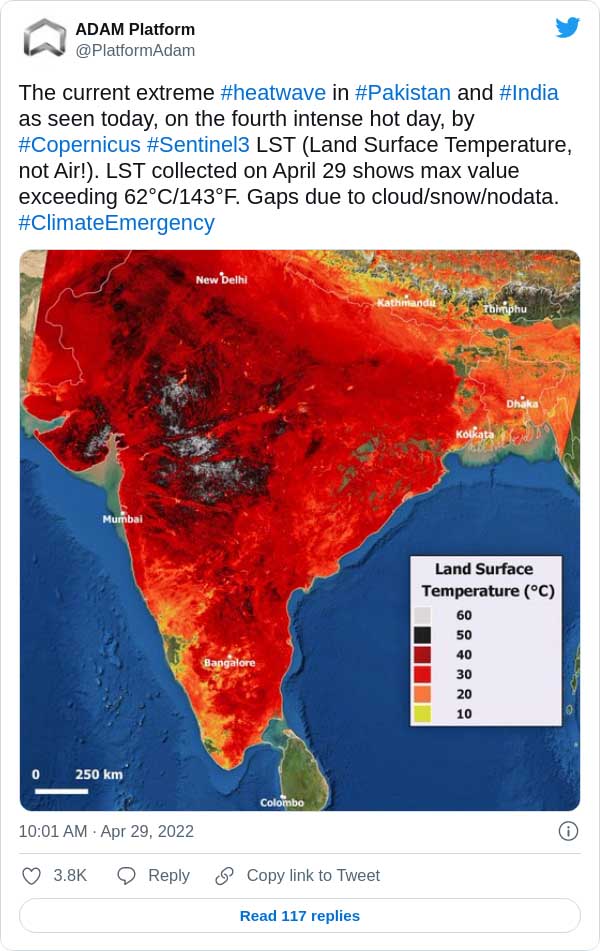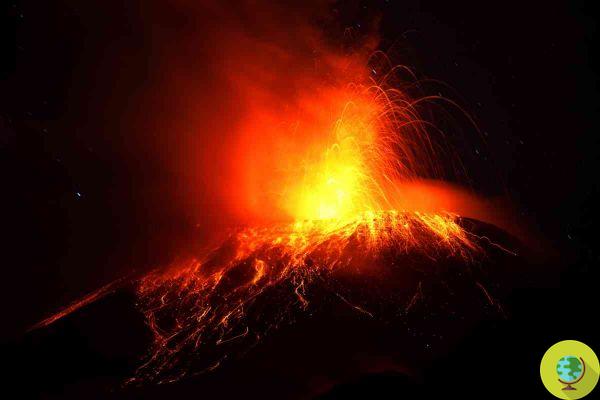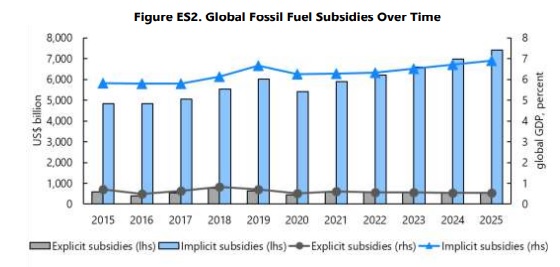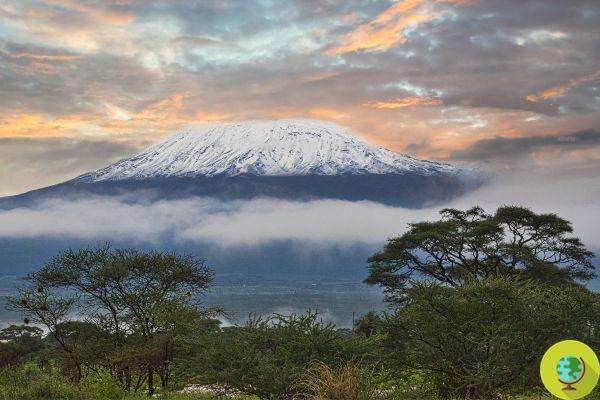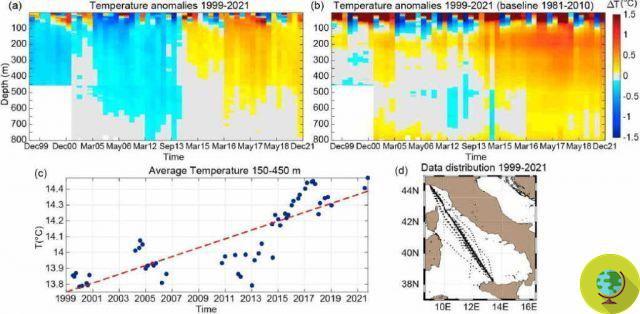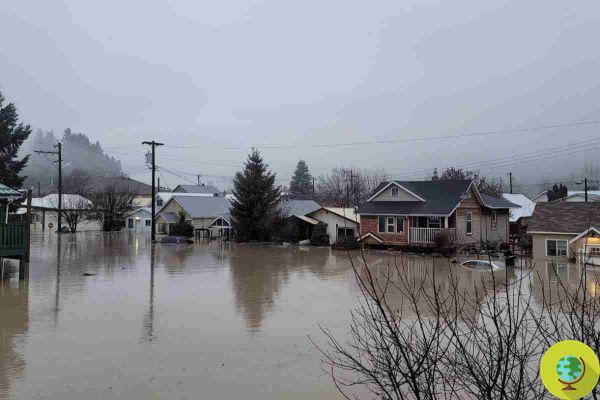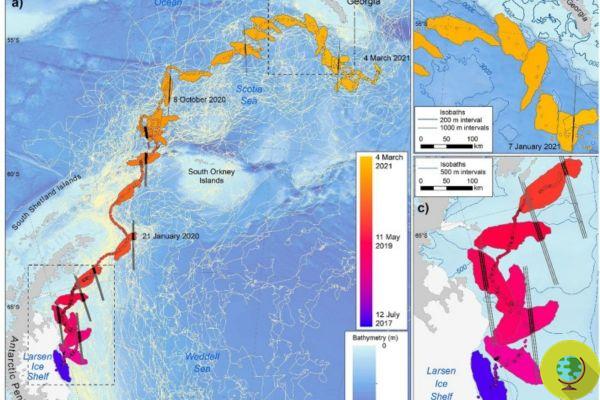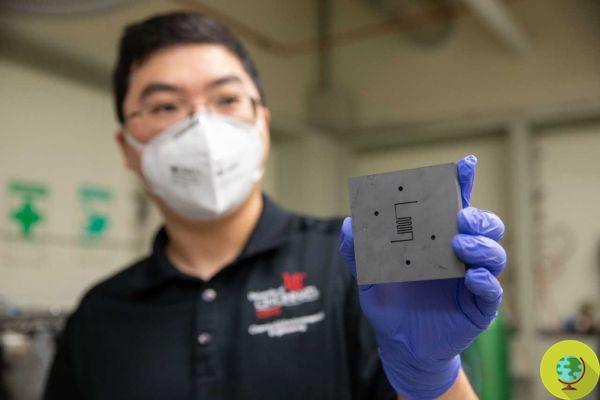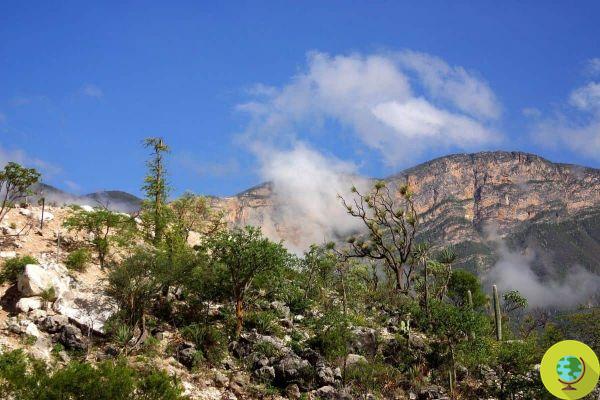
After decades of difficulties and intensive farming, the work of 25 communities to revive the arid hills is a reality: the ability to choose the right trees and a lot of perseverance have brought the green back to where it seemed impossible.
He is about to end up run over, his mother saves him
Unity is strength, it really needs to be said. We are in the southern Mexican hills of San Juan Bautista Coixtlahuaca, where the Chocho-Mixtecas Community Alliance was born, a grouping of municipalities and communities that have embarked on a path of agro-forestation to revive once lush places. Planting trees is fine but you also need to plant the right ones.
Index
An alliance for the environment
About 20 years ago the hills in the State of Oaxaca were barren and arid, the phenomenon of depopulation was worrying but on the other hand in these places it was difficult to find water, cultivate, keep livestock, live.
The communities present in these areas have thus decided to reverse the route: they dug the land to look for a less arid base where to plant new sap that could retain the rainwater.
After all these years only in the agricultural community of San Juan Bautista Coixtlahuaca has dense vegetation returned, covering about 2.000 hectares of steep land where you can see pines, oaks, bread nuts and junipers of various sizes. Within the Alliance territory, more than 20.000 hectares have been restored, an area three times the size of Manhattan, and much of this renewed forest flanks the highway connecting Puebla and Oaxaca.
Intensive goat farming
The Spanish colonization had facilitated theintensive farming and the habit that had spread widely over time has exhausted every corner of vegetation in this province. Above all, the degradation of the area is the consequence of the spread of the breeding of goats that have the ability to tear up every slightest trace of vegetation and with their hooves can also cut the soil: in this way the habitat is exposed to the erosion of the rain and wind without any possibility of vegetation rebirth in this context.
An obstacle course
Already in the 70s some attempts had been promoted with a government reforestation campaign led by the then Papaloapan Commission (CODELPA). The activities did not give the desired results, plants had been chosen unsuitable for the peculiarities of the territory.
The local communities have taken the situation in hand: with the advice of forestry experts, they first crushed the stones useful to retain moisture and then grafted the Gregg Pine capable of growing quickly and well even in arid soils and hot climates.
The other difficulty encountered is the resistance of those who, for generations, have lived on pastoralism. In the community of San Cristóbal Suchixtlahuaca, the clashes were so intense that they ended up in court in 2015 and in the Supreme Court in 2018 that it ruled in favor of the Community for reforestation.
An important precedent that pushes to find a meeting point between the needs of the shepherds and that of those who are bringing this land back to rebirth.
A path of environmental restoration that is not always easy but successful, so much so that on 17 June 2021 the Secretary for the Environment and Natural Resources and the FAO chose this as the venue to celebrate the World Day to combat desertification and drought.
Follow us on Telegram | Instagram | Facebook | TikTok | Youtube
Sources: Mexican government
Read also
- Avocado: what is the story of the US blockade on imports from Mexico (and what it implies)
- Mexico against the fashion multinationals who steal the ancestral designs of indigenous peoples
- An ancient Mayan wooden canoe almost intact was found in Mexico during the construction of a tourist railway






